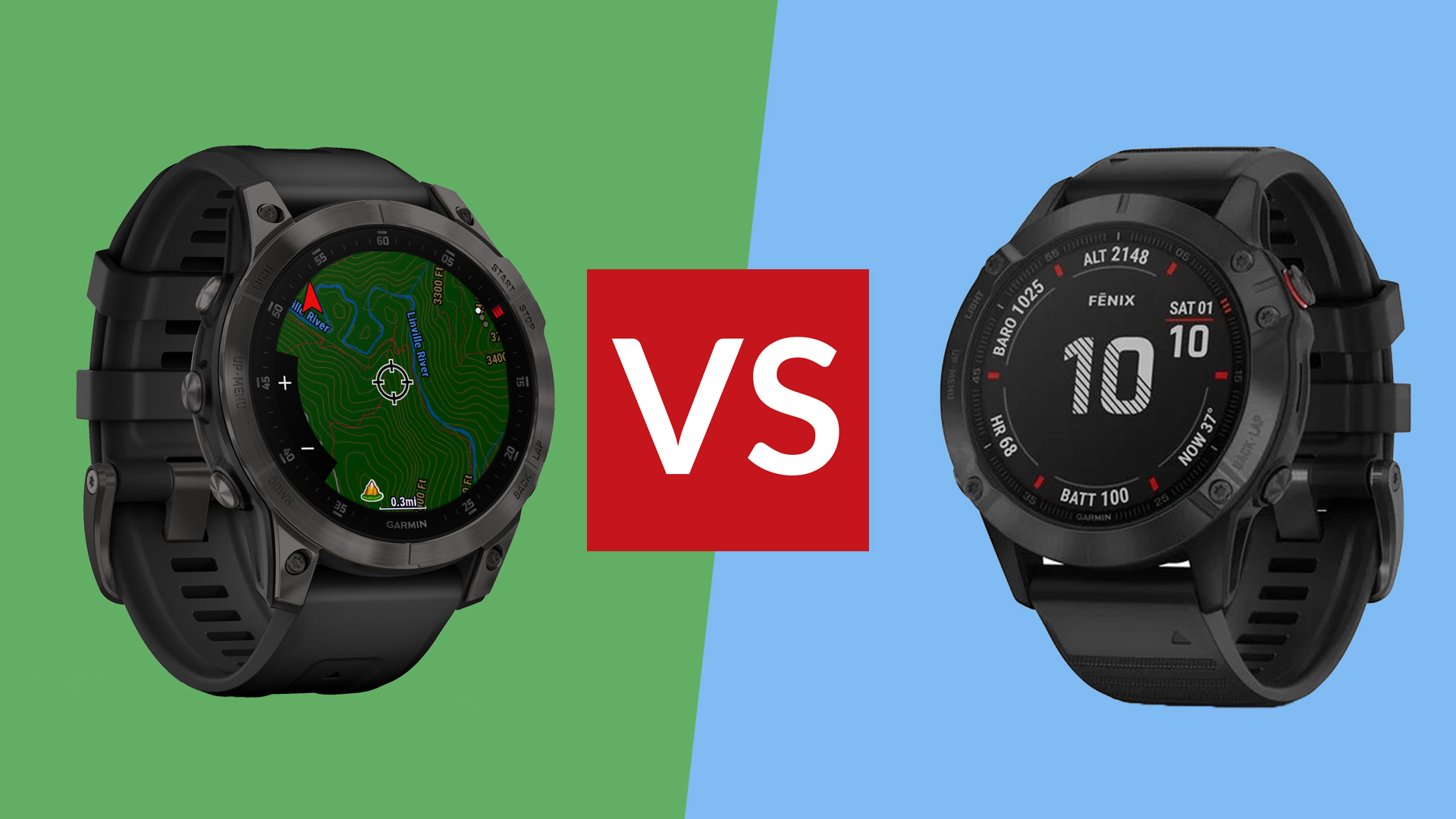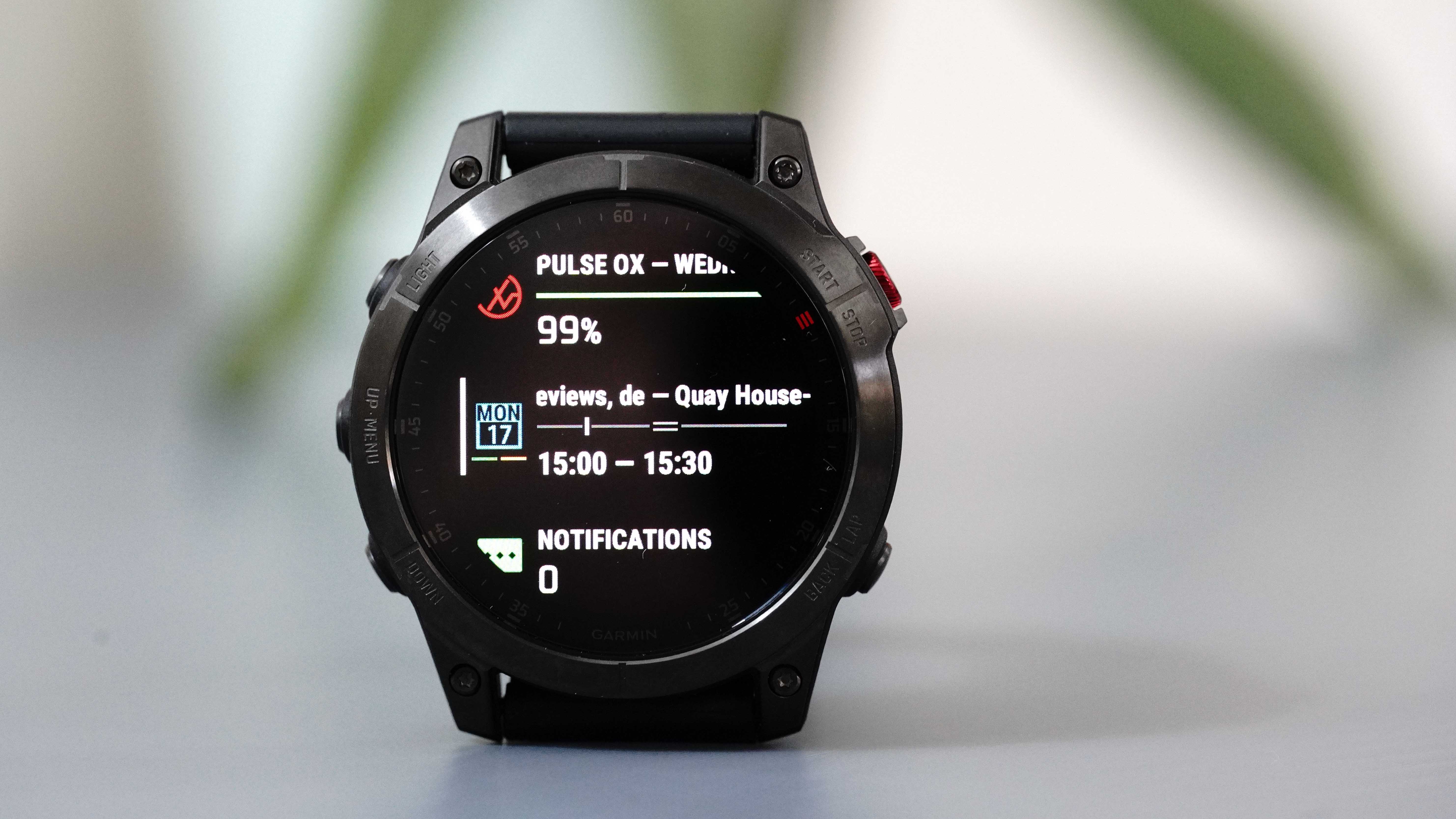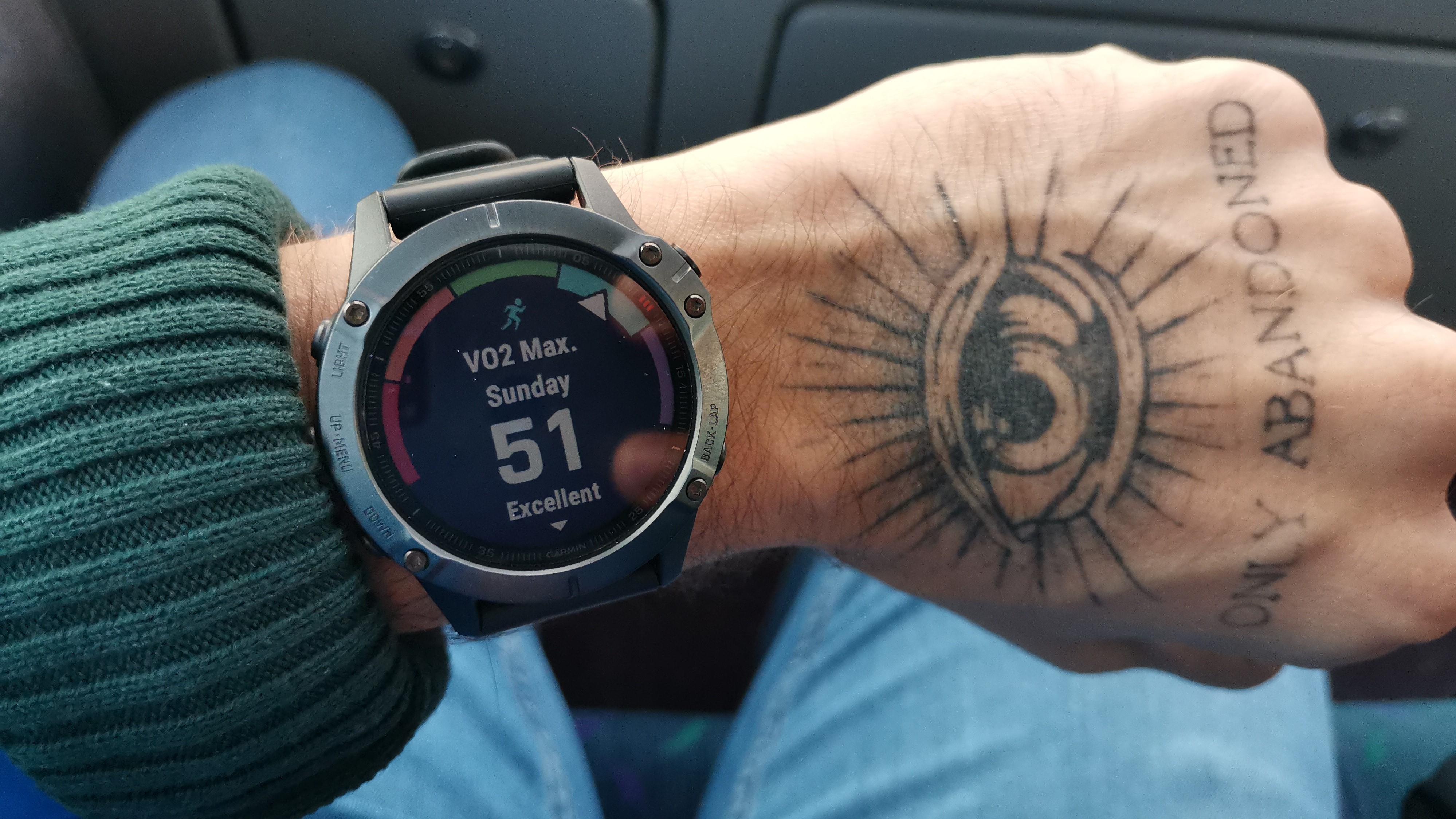Garmin epix vs Fenix 6: new AMOLED smartwatch goes head-to-head with fan favourite multisport watch
Which Garmin wearable is most worthy of your cash?

Fit-tech behemoth Garmin has unveiled its latest premium smartwatch, the epix. Boasting an impressive array of multisport features very similar to those you’d find in Garmin’s Fenix series of watches, the epix brings enthusiast fitness tracking to a more lifestyle-friendly design.
Sporting a bright and colourful AMOLED display in a rugged casing designed for outdoor adventures, the Garmin epix is essentially the love child of the serious Garmin Fenix 6 Pro and the more casual Garmin Venu 2.
But is the vibrant and more colourful display reason enough to purchase the epix over the much cheaper Fenix 6 Pro? And how do these two Garmin watches compare when it comes to features, battery life and design? We’ve pitted the two new devices head-to-head to find out.
THIS JUST IN: Why Garmin's next Epix watch will spell the end of the Fenix franchise
Garmin epix vs Fenix 6: Price and availability
Launched in August 2019, the Fenix 6 Pro edition can be purchased from $549.99/£529.99/AU$999 with the top of the line solar-harvesting models selling for nearly twice the price of the base model.
The epix, which was launched in January 2022, starts at $899.99/£799.99/AU$1,399 for the standard Slate Steel model and gives you the option of paying extra for the more lightweight and scratch-resistant Sapphire Black Titanium edition.
Thanks to the significant difference in the starting prices of each series, the Fenix 6 is way more affordable than the new epix. It's likely the Fenix 6 will be even cheaper now thanks to the release of the Garmin Fenix 7.
Get all the latest news, reviews, deals and buying guides on gorgeous tech, home and active products from the T3 experts
All models are available to buy directly from Garmin US, Garmin UK, Garmin AUS and select third-party retailers such as Amazon and Currys.
WINNER: Fenix 6
Garmin epix vs Fenix 6: Design
In true Garmin fashion, the new epix smartwatch doesn’t look all that different to the Fenix 6 despite being a completely different smartwatch series. But why do this? Why did Garmin not create something entirely unique? Well, it probably doesn’t need to. People that buy Garmin invest in the brand for a reason: they love the in-depth sports features on offer, and the brand probably doesn’t want to risk upsetting its loyal fanbase.
Let’s put it this way, the epix is basically the Fenix 6 with a nicer, brighter AMOLED screen: something Garmin fans who want to wear their smartwatches outside of fitness have been wanting for a long time.
And so the epix is a chance for Garmin to give their fans what they want: a premium smartwatch that can be worn any time of day. It’s also about enticing that portion of the market that has always been tempted by a Fenix device’s world-leading features but put off by the lifeless transflective memory-in-pixel (MIP) display. For this reason, it’s hard to compare the screens of the epix and Fenix 6 because there’ll only ever be one winner, but let’s do it anyway, if not just for fun.
The epix combines a durable design and premium materials like sapphire and titanium with a 1.3-inch always-on, touch-enabled AMOLED display. The Fenix 6 touts the same premium materials but has a slightly smaller 1.2-inch MIP screen without touch capabilities.
This display certainly lacks the epix’s impressive brightness and colour representation. As a result, it doesn’t look half as nice but it does mean the Fenix 6 offers up better battery life. We’ll go into this in more detail in the next section, though.
As for weight, the epix is much lighter, weighing 70g while the Fenix 6 comes in at 79g. So as far as design is concerned, the epix is a clear winner.
WINNER: epix

The epix has a much prettier display than the Fenix 6
Garmin epix vs Fenix 6: Features and performance
While both the Fenix 6 and the Epix are built for rugged outdoor fitness, the latter has been designed with more lifestyle use in mind. This has been done through the implementation of the much brighter and nicer-looking AMOLED display. Beyond that, the multisport features on offer aren’t so dissimilar.
Some of the top epix features include 24/7 health monitoring, smart notifications, built-in sports apps, and TopoActive mapping. Similarly, the Fenix 6 flaunts wrist-based heart rate and Pulse Ox2 monitoring, a Dynamic PacePro running coach tool, and preloaded ski maps for more than 2,000 resorts around the world.
As for battery life, the Fenix 6 promises a projected battery life of up to 14 days of battery life in smartwatch mode and 36 hours in GPS mode, whereas the epix gives users up to 16 days in smartwatch mode, and 42 hours in GPS mode. There’s not much in it, but the epix takes the crown in the battery performance stakes.
WINNER: Draw

The Fenix 6 wins the race (just about)
Garmin epix vs Fenix 6: Verdict
If you’re considering a purchase of either two of these high-performing multisport watches, there are a few things to weigh up first but be aware that this will mostly come down to design.
As you can see, the Fenix 6 has won one and drawn one out of the three rounds in our head-to-head battle, mostly because you’re getting a very similar user experience as the epix but for a much lower price.
The epix isn’t far behind, though. It’s just as capable as the Fenix 6 in terms of multisport tracking tools. The major difference here is the more attractive AMOLED screen and thus sleeker user experience; this is what you’re paying the extra for.
So, if you think it’s worth the extra cash to own a smartwatch that looks more slick and boasts a screen that’s much more pleasant to operate, then you know what to do…

Lee Bell is a freelance journalist and copywriter specialising in all things technology, be it smart home innovation, fit-tech and grooming gadgets. From national newspapers to specialist-interest titles, Lee has written for some of the world’s most respected publications during his 15 years as a tech writer. Nowadays, he lives in Manchester, where - if he's not bashing at a keyboard - you'll probably find him doing yoga, building something out of wood or digging in the garden.
